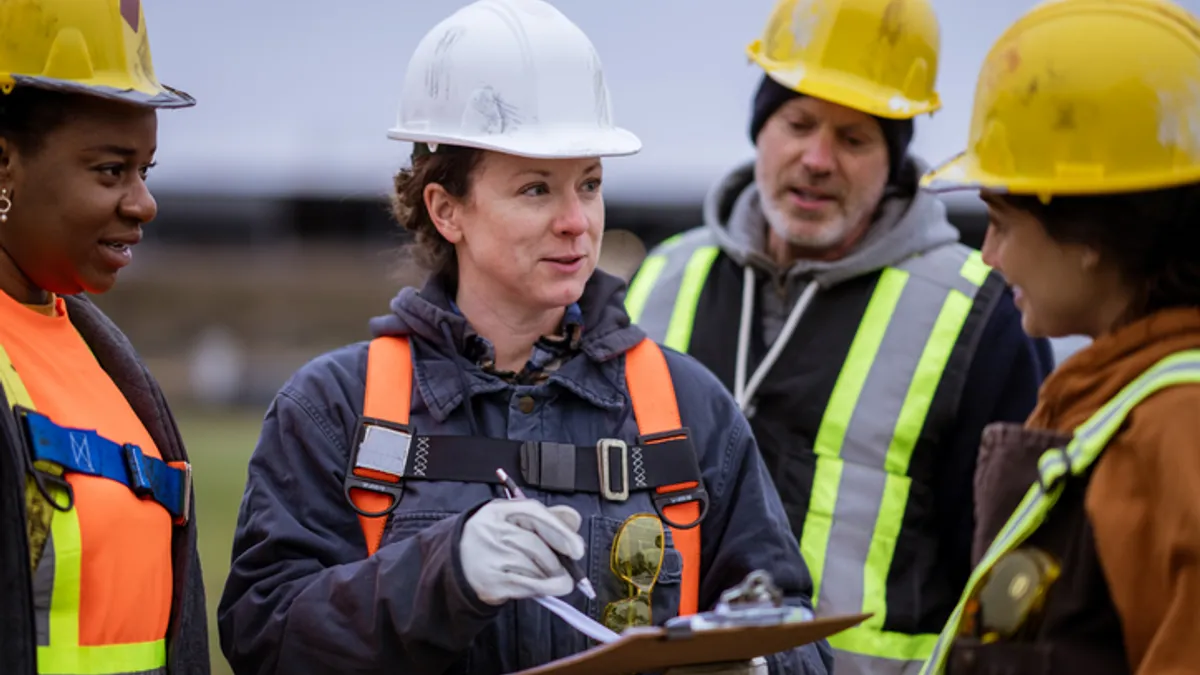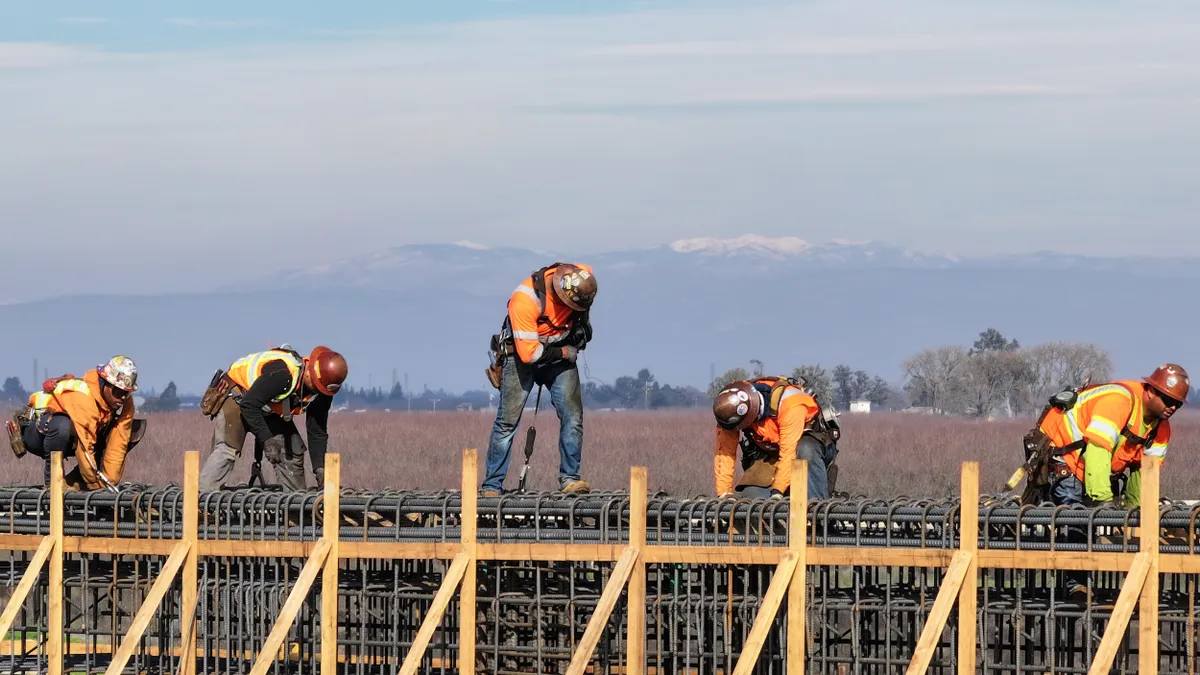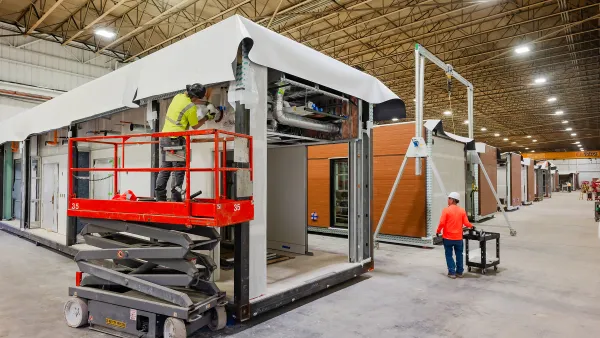Dive Brief:
- The Singapore Centre for 3-D Printing has announced it will try to 3-D print high-rise public housing, according to 3DPrint.com. Professor Chua Chee Kai, the Centre’s executive director, said their plan is to 3-D print one story at a time, transport the finished pieces to the site and then "stack" them like Legos.
- The construction method, called prefabricated pre-finished volumetric construction, has been used to build three buildings at Nanyang Technological University in Singapore, but only traditional construction methods were used to fabricate each story. Chua said the major structural elements of the public housing project would be 3-D printed, but not everything.
- The Centre is working with a private company for testing and will present it to government agencies later this year. If approved, researchers said they could develop a prototype within three years.
Dive Insight:
There have been several recent 3-D printing advancements touted as a panacea for the world’s housing problems, but there has yet to be one that delivers on a large scale.
A major obstacle to the Centre’s plan for public housing, according to 3DPrint.com, is the current lack of printers big enough to print the major building elements.
However, one factor that manages to overcome obstacles of all kinds is money, and the Singapore government has invested $150 million in the Centre to find ways to use 3-D printing in the area. Singapore’s aging population combined with its constant need for foreign construction workers has prompted the government to explore less labor-intensive construction methods.
What Chua hopes to achieve is not very different from comments made last year by Austrian architect Wolf D. Prix. He said that 3-D printing and robotics are the future of the construction industry, especially as it involves offsite prefabrication of building elements and onsite assembly.
To print entire stories, however, researchers in Singapore are taking on similar challenges to the Italian team behind the 40-foot-tall 3-D printer called WASP Big Delta. Other engineers have developed smaller printers, like the portable Apis Cor, but none of those smaller products would likely be able to print the large pieces the Centre will need.
And although there have been strides in printable concrete, like the 3-D concrete being developed in the Netherlands, none has demonstrated the ability — yet — to be safe or sturdy enough to use for such an ambitious project as high-rise public housing.














